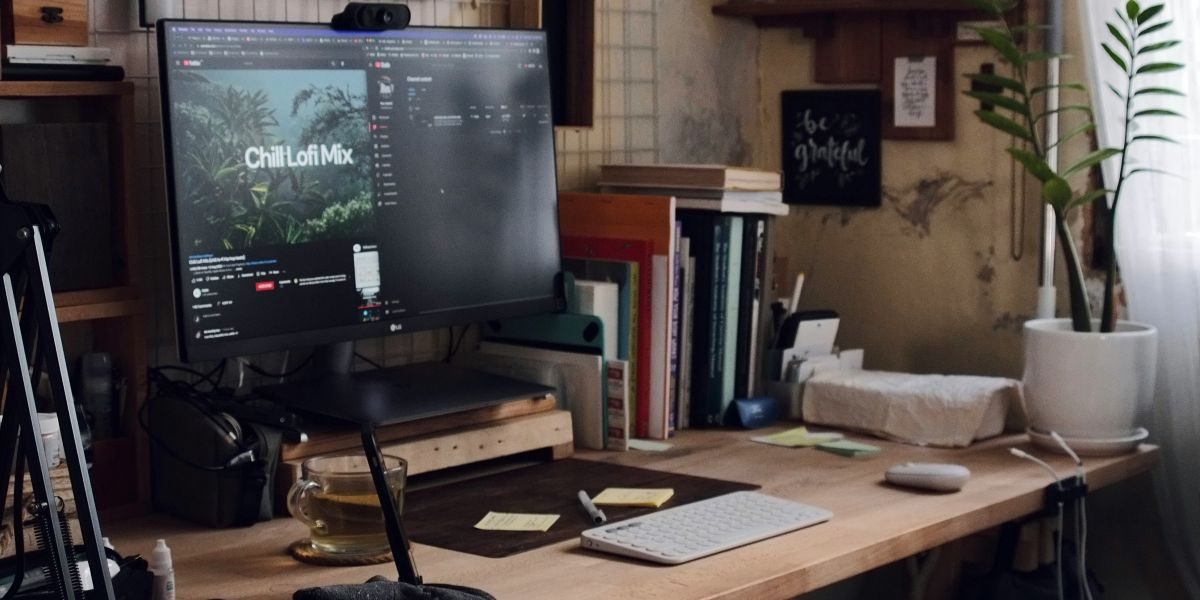By: Jacob Maslow
Walk into any modern office, and you’ll likely spot the same quiet chaos under almost every desk. Tangled cables. Cords that dangle midair like forgotten vines. Power strips balancing on the edge of outlets that were never meant to power half a department.
Most of us have accepted that mess as normal—an unfortunate reality of staying plugged in. But here’s the thing: how we manage wiring says a lot about how we think about workflow, order, and even respect for the people using the space.
Wiring might not sound like the exciting part of the office setup, but in practice, it’s often one of the more frustrating aspects. The good news is, it doesn’t take a full renovation to improve. It takes intention.
Let’s walk through a few practical, achievable ways to solve the wiring issues hiding under your work desks, before they become the thing people complain about in private chats.
Start With the People Using the Desk
Before adding trays or rerouting power, take a second to ask: What is this desk supporting, and for whom?
Are we talking about a graphic designer with multiple monitors? A hybrid worker who needs hot-swappable access? Or someone who just needs a laptop and a notepad? Common wiring problems come from treating all desks the same, instead of designing for the specific devices and habits of the user.
Ask what tools are essential. Look at how often things get unplugged. Then plan wiring support around that rhythm instead of making the user bend to a system they didn’t ask for.
1. Use Grommets with a Purpose
A lot of desks come with built-in grommet holes, but they’re not always aligned with how people actually sit or use devices. When placed right, grommets can keep cables tidy and out of view without disrupting hand or leg space. Customizing grommet placements can make a notable difference in large teams with complex setups.
2. Add Power Where People Actually Need It
Too many workstations are forced to stretch toward a single wall outlet. This creates spaghetti cords that trail into walkways or require daisy-chained surge protectors.
Use clamp-on power hubs that can sit right on the edge of a desk, or better yet, integrated power units that are embedded within the desk surface. Some modern conference tables offer flush-mounted USB and power ports, which help address the issue at scale.
3. Get Cables Off the Floor
Aside from being unsightly, cords on the floor are a tripping hazard and a vacuum’s worst nightmare. Mount power strips to the underside of the desk, then bundle cords along adhesive raceways or with flexible cable sleeves.
You can also invest in low-profile under-desk baskets that hold both the power strip and loose wires. It keeps things hidden but still accessible if someone needs to plug something in.
4. Embrace Vertical Cable Management
In open workspaces, we often forget to manage the space between the desk and the floor. That vertical drop is where clutter builds. Use vertical cable spines or telescoping cable channels that allow movement but keep everything guided to the ground without the mess.
5. Stop Treating Shared Desks Like Personal Ones
In hot-desk setups, people are less likely to take responsibility for the cable mess. That’s not laziness. It’s more of a lack of ownership. Solve that by making the wiring easier to manage. Use pre-mounted hubs, short cable lengths, and clear, labeled outlets.
What Great Wiring Looks Like
There’s no single wiring solution that fits every space, but good wiring shares a few traits:
- It’s invisible until it’s needed
- It moves with the user, not against them
- It works regardless of who plugs in
- It makes resets and swaps fast and painless
- It reflects how the space is used, not just how it looks
Even modern conference tables, which tend to host a tangle of laptops and projectors during meetings, are evolving to include built-in access panels that reduce the scramble for chargers. That kind of design may not be flashy, but it’s noticed, especially by the people who use it often.
We might not talk about wiring at team lunches, but it shapes how we move, focus, and feel in a space. Good design doesn’t just remove pain points. It prevents them from starting.

















